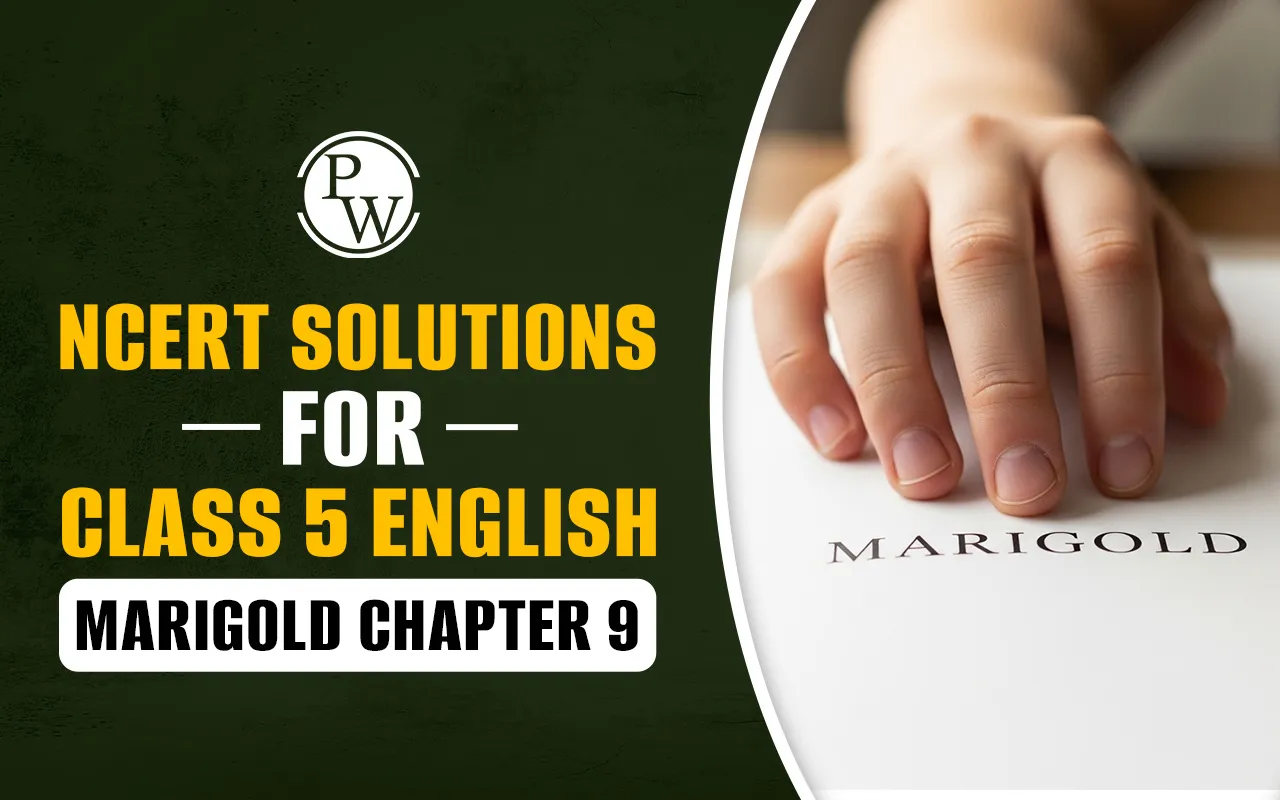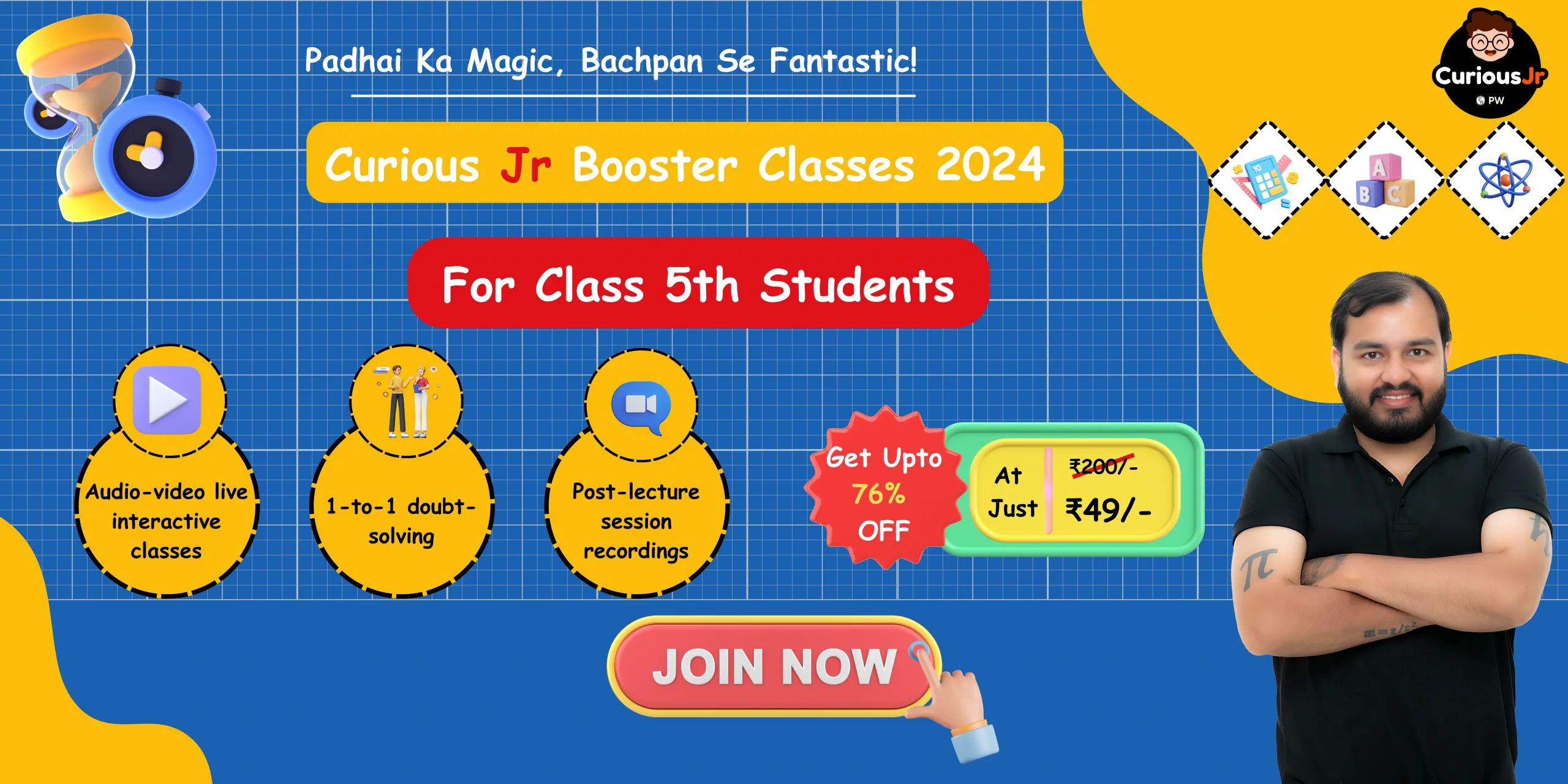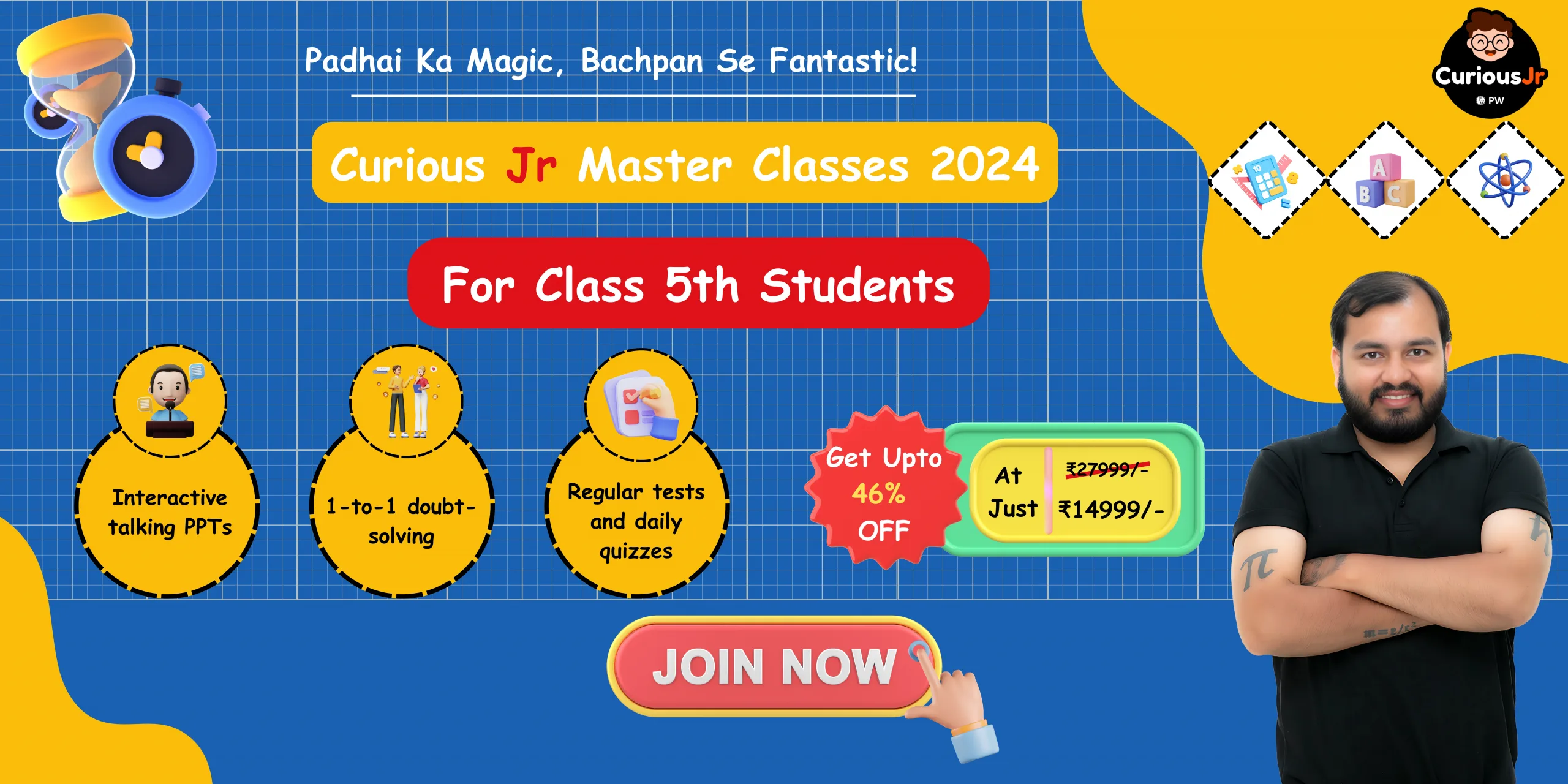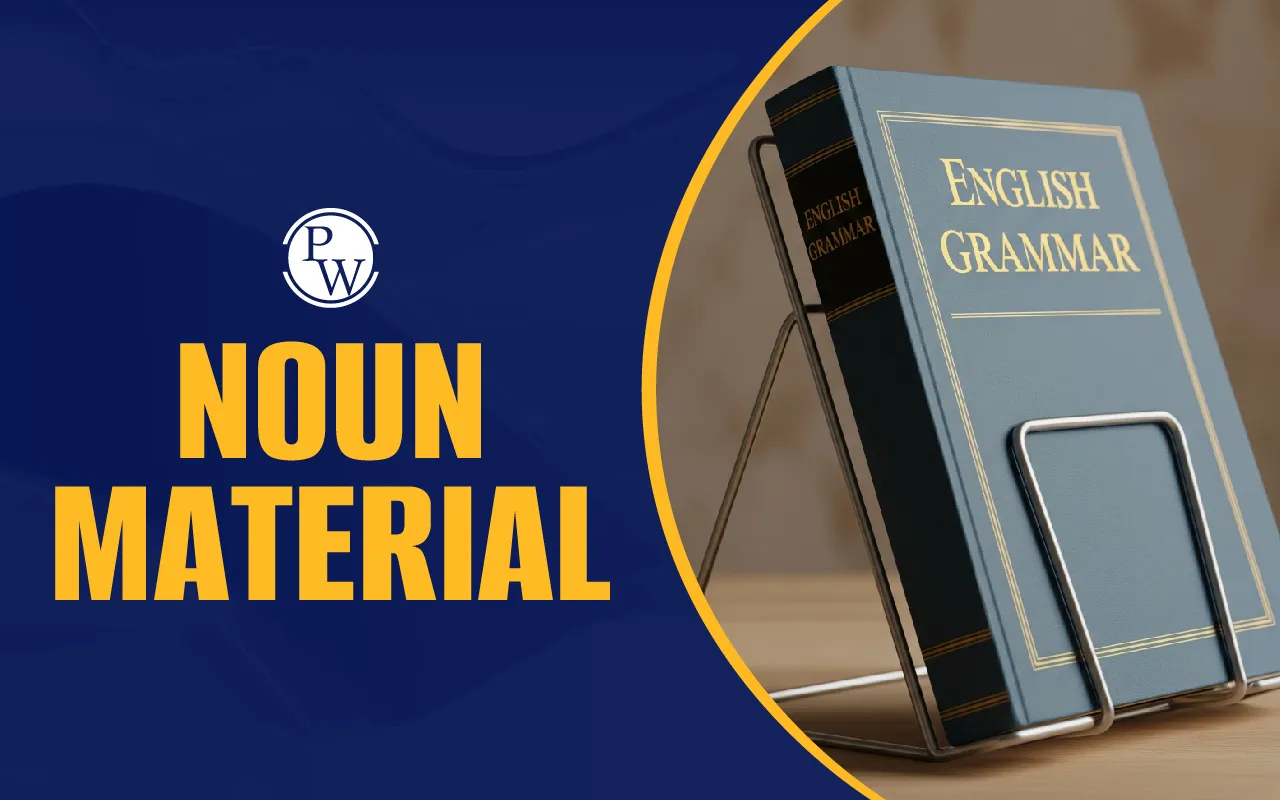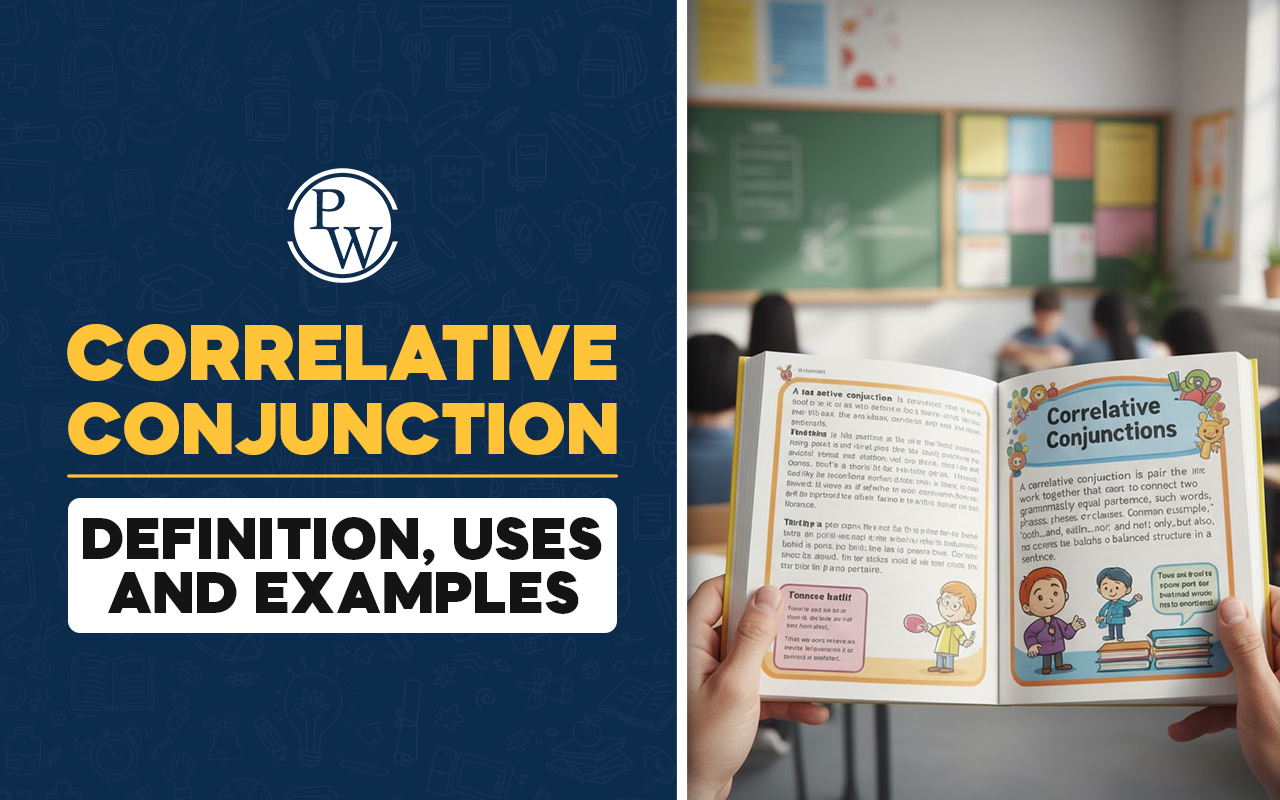
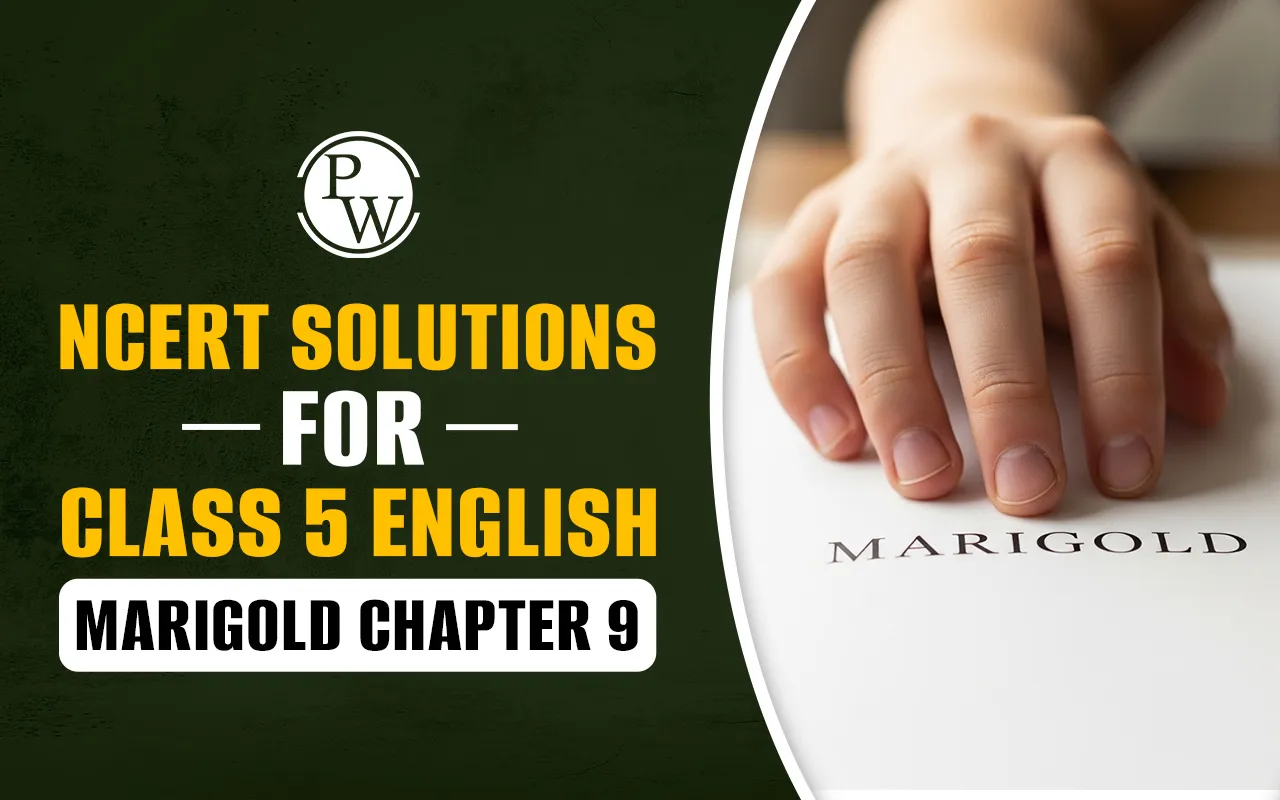
NCERT Solutions for Class 5 English Marigold Chapter 9: Languages like English unite people all around the world. To succeed in the future, a thorough understanding of the subject is crucial. Our subject matter specialists have painstakingly created the NCERT Solutions to give students industry-standard answers.
These answers give pupils a better understanding of how to answer exam questions successfully. By following the solutions in a PDF format from the links provided below, students can improve their exam preparation.NCERT Solutions for Class 5 English Marigold Chapter 9 Overview
Sing a Song of People
The poem is about people who are in a hurry in their lives. The poet describes how people travel, walk and talk in a city. The solutions in a descriptive manner by our experts help students frame the answers effectively in exams. Students can download the solutions in PDF format anytime through the links given here.The Village Child, The City Child
The differences between rural and city life are explained in this poem. He characterizes the community as being serene and close to nature, with plenty of woods, birds, flowers, and other natural features. But in the city, there is constant traffic, a lot of noise, and smoke all around. Our subject matter experts have handled challenging problems in an illustrative way to make the topics easy for students to understand.NCERT Solutions for Class 5 English Marigold Chapter 9 PDF
Here are the NCERT Solutions for Class 5 English Marigold Chapter 9, which can give students more confidence in their ability to do well in their final exams. Students who use the NCERT Solutions reference guide succeed academically.NCERT Solutions for Class 5 English Marigold Chapter 9 PDF
NCERT Solutions for Class 5 English Marigold Chapter 9
Sing a Song of People
1. Which modes of transport do the people use to move around in the city?
Solution:
People utilise buses, cabs, vehicles, scooters, autos, bicycles, etc. to get around the city.2. What are the things that the people carry with them while moving around?
Solution:
People move around with hats, umbrellas, briefcases, handbags, and other items in tow.3. Where do you find these very busy people?
Solution:
These busy people are everywhere I look—on sidewalks, in stores, on buses, on subways, on roads, etc.4. Where have you seen crowds of people?
Solution:
I have witnessed large throngs of people at and around temples, train stations, bus stops, hospitals, movie theatres, shopping centres, fairs, parties, etc.5. Why do you think all these people are in a hurry?
Solution:
People have to do a lot of work in a limited time. Hence, they are in a hurry.6. Let’s write the opposites of the following words.
slow ___________ up _________
back ____________ tall __________
below ___________ crowd ___________
loud ____________ go ___________
Solution:
slow fast back front loud quiet up down tall short crowd alone go comeNCERT Solutions for Class 5 English Marigold Chapter 9
The Village Child, The City Child
1. The people who live in cities often wish they could live in quiet towns. Do you like the place you live in?
Tell your partner two things you like and don’t like about the place you live in.
Solution:
Yes, I love the place where I live. Two things that I like about the place where I live are 1. Pollution-free surrounding 2. Good-natured neighbours Two things that I don’t like about the place where I live are 1. Shops and bus stops are far away from the house. 2. several dogs make the roads dirty.2. Find out how many people are there in our country. Do we have enough land for all people on this earth? Is there enough food and water for all people?
Solution:
In our nation, there are roughly 130 crore people. No, there isn't enough land for every person on the planet. Not everyone has access to water or food.3. Interview your teacher and get her responses to the following questions.
(i) Why did you become a teacher?
(ii) How do you come to school every day?
(iii) Do you have any pets?
(iv) What kinds of books do you like to read?
(v) What are your hobbies?
Solution:
(i) I chose to become a teacher because I enjoy working with young children. (ii) I ride my two-wheeler to school every day. (iii) I'm not a pet owner. (iv) I enjoy reading mythology and books. (v) I enjoy cooking, painting, and singing.4. Now write a paragraph about your teacher with the information you have gathered.
My Teacher
My Teacher says she became a teacher because
_________________________________________________
_________________________________________________
__________________________________________________
Solution:
My Teacher says she chose to become a teacher because she enjoys working with young children. Every day, she rides her two-wheeled vehicle to school. She doesn't own any animals. She enjoys reading books a lot. She enjoys reading novels and stories about mythology. Her favourite things to do in her spare time are singing, cooking, and painting.
5. Use the above map to answer the questions.
1. What does the dotted line on the map show?
2. What road would Ajay take to get to the boat club?
3. What building is next to the picnic area?
4. What road passes by Ajay’s house?
5. What other way could Ajay use to get from his house to his grandmother’s house?
Now write: Use verbs like: go, turn, cross
Use prepositions like: across, between, in front of, beside, near, and behind and write how you get home from school. _______________________________________________________ _______________________________________________________ _______________________________________________________ ______________________________________________________
Solution:
1. The journey from Ajay's house to the school is indicated by the dotted line on the map. 2. Kasturba Gandhi Marg would be taken by Ajay to the boat club. 3. The picnic area is close to India Gate. 4. "Ring Road" is the name of the road that goes near Ajay's residence. 5. From his home, Ajay can travel to his grandmother's residence on Ashoka Road. Ajay can pass across Gandhi Marg. That path would take him to the Boat Club. After that, he could cross across to the picnic area by the Boat Club. He could turn right out of the picnic area, go a little distance, and arrive at his grandmother's house.6. (i) Discuss with your partner how you would send a similar message to someone.
(ii) Also find out how people sent messages in the olden days and how they send them nowadays.
Solution:
(i) On a piece of paper, I would write a note, put it in a tiny envelope, and mail it. (ii) Messages were once delivered by messengers and pigeons in the past. These days, communications are sent via email, cell phones, postal service, and mobile devices.7. See the picture of Travel Time below. Answer the questions that follow.

(i) Where did you go for an excursion/holiday?
(ii) With whom did you go?
(iii) What did you take with you?
(iv) What was the first thing you saw when you reached your destination?
(v) What did you like best about the place?
(vi) How long did you stay there?
(vii) What did you miss about home?
Solution:
(i) I spent a vacation in Srinagar. (ii) My family and I attended. (iii) I packed a camera, food, medicine, and warm clothes. (iv) When I arrived at my location, I noticed houseboats and lovely flowers. (v) I enjoyed the area's natural beauty and weather. (vi) I spent a week there. (vii) I missed cooking at home.8. Make sentences using any two new words which you have learnt in the lesson.
(i) ___________________
(ii) __________________
Solution:
(i) The suspension bridge: I experienced mixed emotions as I crossed it. (ii) Defended: The policeman arrived on schedule and protected the defenceless girl from the thugs.9. Which do you think would be more fun — travelling by aeroplane or sailing on a ship? Write why you think so.
__________________________________________
__________________________________________
Solution:
I find being in the middle of the water to be quite enjoyable, so I would prefer to sail on a ship. As we observe the blue sea surrounding us, we can sense a lovely breeze. Dolphins are another creature we occasionally encounter that emerges from the water.Benefits of NCERT Solutions for Class 5 English Marigold Chapter 9
Comprehensive Understanding: By giving students, a detailed explanation of the chapter's material, the answers guarantee that they fully understand the concepts and themes.
Concept Clarity: By simplifying complicated subjects, teachers help their pupils comprehend and remember the material.
Better Reading and Comprehension Skills: Students improve their vocabulary, linguistic competency, and reading comprehension skills by working through the problems with the solutions.
Time-saving: By giving students rapid and simple access to precise answers, the solutions reduce the amount of time and effort they must spend looking up explanations.
NCERT Solutions for Class 5 English Marigold Chapter 9 FAQs
Where is the poem "Sing a song of People" set in What tells you that?
What is the meaning of sing a song of people class 5?
Where have you seen crowds of people in Hurry?

